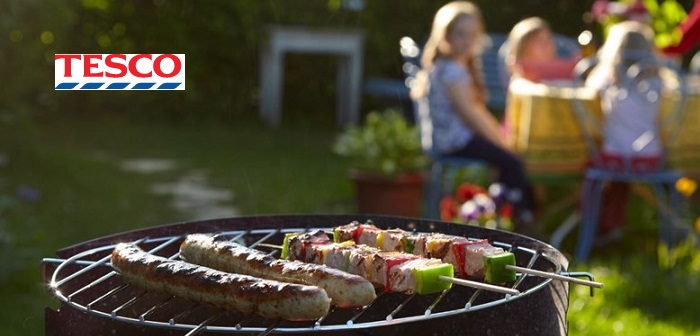The latest grocery market share figures from Kantar Worldpanel published today for the 12 weeks ending 26 February 2017, show supermarket sales grew at their fastest rate since June 2014 – up by 2.3% compared to the same time last year.
Fraser McKevitt, head of retail and consumer insight at Kantar Worldpanel, said: “Like-for-like inflation has doubled since last month to stand at 1.4% during the past 12 weeks. However, when placed in their longer-term context, these price increases are still fairly minimal.
“Staples such as butter, tea and fish all saw prices rise by more than 5% during the past 12 weeks, as fruit and vegetables – many of which are imported – also saw an uptick in price. However, it’s important to point out that inflation is still far from universal, with prices actually falling across a number of categories including crisps, bacon and eggs.
“While consumers may be starting to feel a very slight pinch, increased inflation has led to overall market growth. Simultaneously, combined sales at the UK’s four largest supermarkets increased by 0.5% year on year. This is a timely reminder that despite the huge interest in the discounters during recent years the big four remain a force to be reckoned with: they still hold just over 70% of the market, with almost 99% of the population shopping in a Tesco, Sainsbury’s, Asda or Morrisons during the latest quarter.”
Individually, Morrisons grew ahead of the market with a sales increase of 2.6% signalling its fastest growth in five years. Holding market share steady year on year at 10.6%, the retailer’s positive bricks and mortar performance was buoyed further by the continued rapid expansion of its e-commerce business.
Tesco increased sales for the sixth period in a row – a run it hasn’t experienced since January 2014 – although this wasn’t enough to stop the grocer’s market share slipping by 0.5 percentage points to 27.9%. Asda was the only retailer to see sales fall during the past 12 weeks, but a decline of just 0.8% represents a significant improvement and is the grocer’s best performance since November 2014.
McKevitt said: “To the catchy soundtrack of its new ‘food dancing’ advertising campaign, Sainsbury’s returned to growth for the first time since March last year, with sales up by 0.3%. At the same time, its market share slipped by 0.3 percentage points leaving the grocer with 16.5% of the market.
“Lidl became Britain’s fastest growing supermarket during the past 12 weeks – with sales up by 13.0% – while Aldi grew almost as quickly, increasing sales by 12.9% to reach a record market share of 6.3%. Also growing ahead of the market was Iceland, with sales up 8.8%. Meanwhile Co-op and Waitrose both increased sales by 1.7% and 2.9% respectively.”
There were signs of changing shopping habits too. Having peaked at just over 40% of sales in 2015, the proportion of groceries sold on promotion continues to decline, falling to 34.3% during the past 12 weeks – its lowest level since October 2009. The most dramatic shift has been a move away from multi-buy promotions, with shoppers spending half a billion less on these types of deals than last year.




